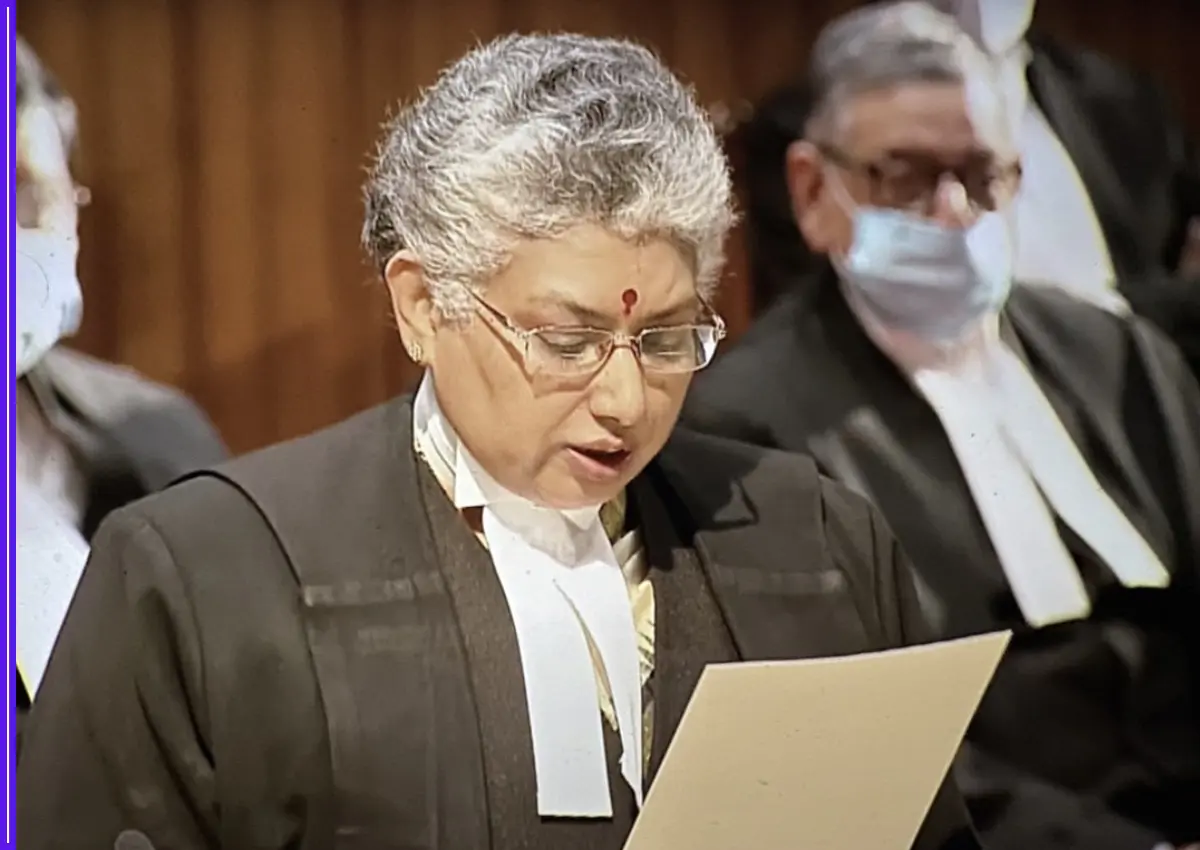The Telecommunications Act 2023 is to come to force on June 26, 2024, which will be the next big amendment in Indian telecom regulation. This new regulation seeks to replace the past laws that are the Indian Telegraph Act 1885 and the Indian Wireless Telegraph Act 1933 to address the current technological advancement in the Telecom business.

Overview Table:
| Aspect | Details |
| Effective Date | June 26, 2024 |
| Key Sections | 1, 2, 10-30, 42-44, 46, 47, 50-58, 61, 62 |
| Laws Repealed | Indian Telegraph Act 1885, Indian Wireless Telegraph Act 1933 |
| Major Changes | Government control in emergencies, User protection, Authorization requirements |
Gazette Notification Details
The official gazette notification highlights the sections of the Act which shall come into operation on 26th June, 2024. These include:
- Section 1 and section 2
- Sections 10 to 30
- Sections 42 to 44
- Sections 46 and 47
- Sections 50 to 58
- Section 61 and section 62
Key Changes and Provisions
1. Emergency Powers: The Act empowers the government to take over telecommunications services or networks during emergencies in the pretext of security, public order, and suppression of crime.
2. User Protection: Officially acknowledging telecommunications as a mass enabler, the Act also defines certain recommender measures against ‘junk e-mails’ and provides the provision of a grievance cell.
3. Authorization Requirements: Any telecom-related entities that are interested in the establishment of new telecom networks, operation of existing networks, provision of services, or possession of any radio equipment, require government approval.
4. Standards and Conformity: The Act allows the government to establish requirements and testing procedures for telecommunication services, networks, and security to protect national security and foster the local industry.
5. Universal Service Obligation Fund: This Fund has been broadened to cover provision of universal services in rural, remote and urban areas, and also in research and development projects on telecommunication services, technologies, products and pilot projects.
6. Regulatory Sandbox: The Act proposes a novel concept of a Regulatory Sandbox; the development of which could lead to the growth of innovative solutions in the telecom sector.
Conclusion
This broad bill is intended to update the telecommunications law in India, to address the innovations while at the same time addressing national security and consumer protection interests. Thus, stakeholders in the telecom industry should begin preparing for these important changes and their possible implications for business as the implementation date draws near.










